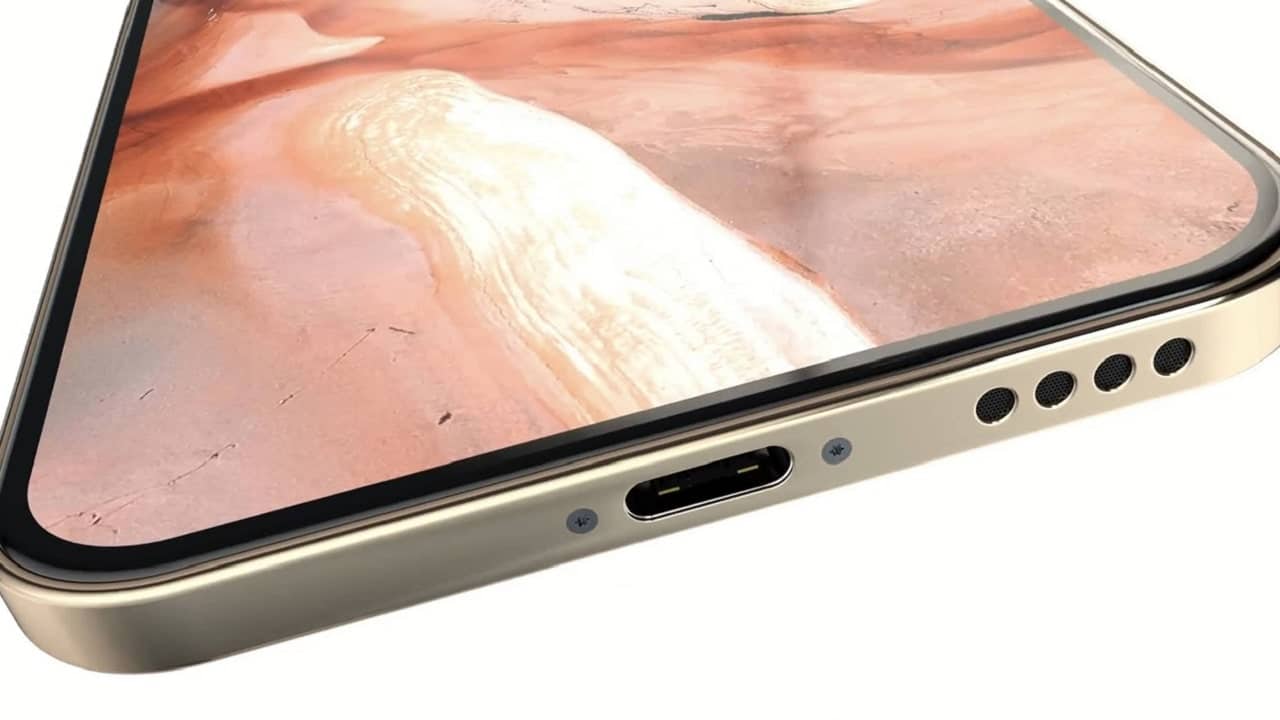The robotics student Ken Pillonel astonished the entire World Wide Web when it built the primo iPhone con USB-C and now he has created a video and a repository on Github because you too you can make this DIY complex. Although it remains quite complex and only advisable for experienced engineers, from today you can adapt your iPhone with a USB-C input.
iPhone with USB-C, now you can build it yourself
Genius must be shared. Pillonel wanted to create a Github repository with all the details, CNC instructions and information on all the components you need to make to adapt your iPhone. And to make it easier (although far too complex and scary for most of us) it also has shot a video on YouTube. Not really a tutorial, but a detailed explanation of how he created the project.
The video shows each step to switch between the Lightining port and the USB-C port for your iPhone. A complete process, starting from how it has conceived the very first prototypes, starting from the reverse engineering of how a Lightning connector works. But then it also explains how to make a flexible circuit small enough to fit into the iPhone. After changing aeven the entrance into the bodya, as USB-C is slightly wider than Lightning.
The video shows without needing to underline how complex is the passage of cables in the smartphone, which bends around the sensor Taptic Engine di Apple to re-enter the body. So much so that perhaps it would be more convenient to buy one of the original prototypes of the iPhone with USB-C, which Pillonel sells on Ebay. But expect a steep price: we are already writing this article just under $ 5,000 at auction.
In short, although his work is published as open source, making it is really expensive. And buying a prototype (of the iPhone X) has an exorbitant price. For most people, this video will only serve to amaze the technical ability of the student. And at least for the foreseeable future, we will have to resign ourselves to buying accessories with the Lightning cable.















Leave a Reply
View Comments